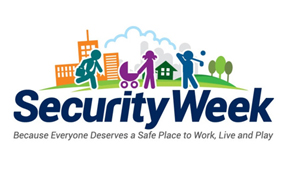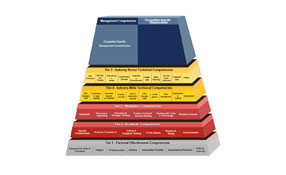 |
| While the number of incidents is falling, hundreds of thousands of workplace violence incidents still occur every year |
More than 572,000 people met with a violent crime at work during 2009. In addition, workplace violence caused 521 homicides in 2009. The Bureau for Justice Statistics (BJS) reported these numbers (the most recently updated) in a study of workplace violence between 1993 and 2009. That is a lot of violence.
Surprisingly, though, those numbers show a significant decline in workplace violence. In 1993, BJS reported 2.1 million incidents of non-fatal violence and more than 1,000 workplace homicides. The numbers are probably still lower today — six years after the completion of that study.
What accounts for the decline?
“Executives have learned about workplace violence and taken appropriate steps,” says Eugene Ferraro, chief ethics officer with Denver-based Convercent, a consulting firm that develops compliance programs and anti-workplace violence programs. “Companies have established programs with plans, policies that employees read and sign, training, assistance programs for those in stress and communications methods that enable employees to report problems safely.”
While the number of incidents is falling, hundreds of thousands of workplace violence incidents still occur every year. Companies need to improve existing programs. Those with quality programs must maintain quality. Those without programs need to start.
Here’s a look at some of today’s best practices for preventing and reducing workplace violence.
Intervene and prevent
“In almost every case of workplace violence, one or several employees noticed that the perpetrator had become troubled,” Ferraro says. “So workplace violence is fairly predictable.”
Recognising early warning signs makes it possible to intervene before an incident occurs. Ferraro says that warning signs to look for begin with inappropriate behaviour that grows worse over time. A person might disrupt a staff meeting one week and threaten a co-worker the next week. According to Ferraro, behaviour at this level is manageable. The company can provide counselling or ratchet up the response to suspension.
"Companies have established |
“In the past, management waited, which can lead a troubled individual to conclude that management is unwilling to act and to escalate his or her behaviour.”
There are resources for dealing with behaviour that has escalated beyond control. Ferraro’s company, Conversent, provides third party services designed to direct an individual’s anger away from clients.
Consider the resolution of a recent Conversent case involving a victim of schizophrenia, who had never returned from a 30-day suspension. Instead, he began making threats on Facebook — he posted a nude photo of a female with no head, claiming that it was one of the company’s executives. The company CEO called Conversent.
“We approached the individual as HR consultants and negotiated a separation,” Ferraro says. “We set up a safe meeting in a hotel and introduced ourselves saying that it was our job to sort out the grievances he had against the company. We explained that whatever happened with those grievances would be our decision, not the employer’s.”
Ferraro and his team counselled the man and worked out a way to help him. He needed $650 per month in medications to control his schizophrenia and regular sessions with a psychiatrist The company agreed to cover that expense. “We made arrangements with the pharmacy and told him that if he missed a pickup, we would know and respond,” Ferraro said. “He also signed a release allowing us to talk with his psychiatrist. After a year, everyone involved agreed that he was no longer a threat.”
Of course, the goal of an anti-workplace violence program is to prevent individuals from getting into that state — or even further along the continuum toward violence.
For help developing a program, check out the ANSI workplace Violence Prevention and Intervention Standard 2011. Ferraro co-chaired the ASIS committee that developed the Standard.










































